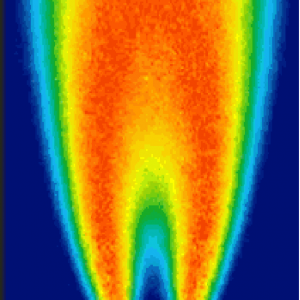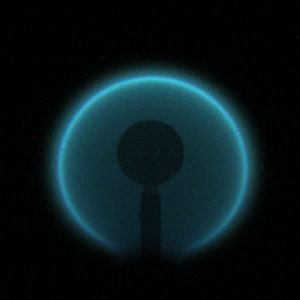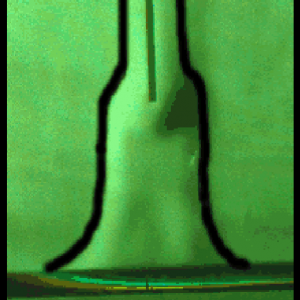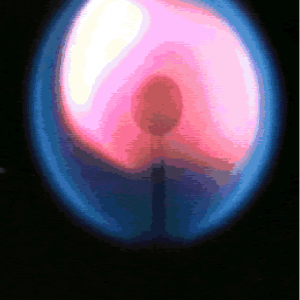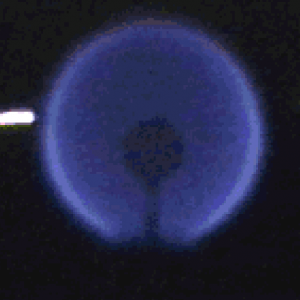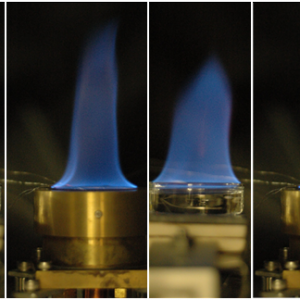
Burning Rate Emulator (BRE)
Unlike the other current ACME experiments, the Burning Rate Emulator (BRE) experiment is focused on fire prevention, especially in spacecraft. Specifically, BRE’s objective is to improve our fundamental understanding of materials flammability, such as ignition and extinction behavior, and assess the relevance of existing flammability test methods for low and partial-gravity environments. The burning of … Read the rest ⇢

